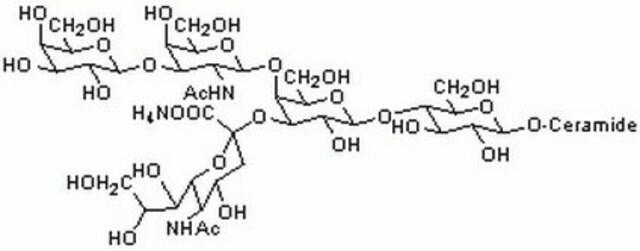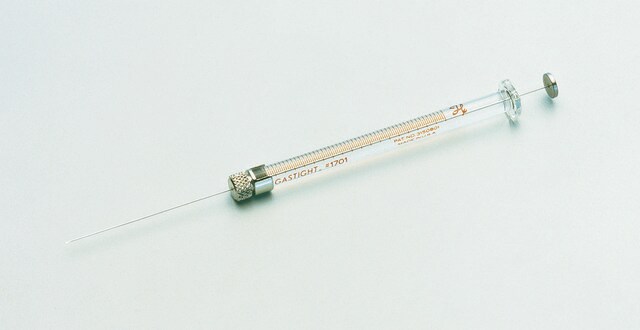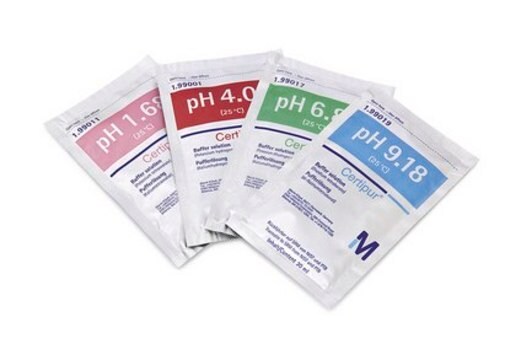ABN1723
Anti-RTN3 (R458)
from rabbit
Sinonimo/i:
Reticulon-3, HAP, Homolog of ASY protein, Neuroendocrine-specific protein-like 2, Neuroendocrine-specific protein-like II, NSP-like protein 2, NSP-like protein II, NSPLII
About This Item
IHC
IP
WB
immunohistochemistry: suitable
immunoprecipitation (IP): suitable
western blot: suitable
Prodotti consigliati
Origine biologica
rabbit
Livello qualitativo
Forma dell’anticorpo
unpurified
Tipo di anticorpo
primary antibodies
Clone
polyclonal
Reattività contro le specie
mouse, human
Reattività contro le specie (prevista in base all’omologia)
rat (based on 100% sequence homology), chimpanzee (based on 100% sequence homology)
tecniche
immunofluorescence: suitable
immunohistochemistry: suitable
immunoprecipitation (IP): suitable
western blot: suitable
N° accesso NCBI
N° accesso UniProt
Condizioni di spedizione
dry ice
modifica post-traduzionali bersaglio
unmodified
Informazioni sul gene
human ... RTN3(10313)
Descrizione generale
Specificità
Immunogeno
Applicazioni
Immunohistochemistry Analysis: A 1:2,000 dilution from a representative lot immunostained dystrophic neurites in Alzheimer′s diseased (AD) human frozen brain tissue sections (Courtesy of Wanxia He, The Cleveland Clinic Foundation, U.S.A.).
Western Blotting Analysis: A 1:2,000 dilution from a representative lot detected RTN3 isoforms in 50 µg of brain tissue lysate from a wild-type, but not RTN3-knockout, mouse (Courtesy of Wanxia He, The Cleveland Clinic Foundation, U.S.A.).
Immunofluorescence Analysis: A representative lot detected RTN3 immunoreactivity partially co-localized with that of BACE1 in mouse brain tissue sections (He, W., et al. (2004). Nat. Med.10(9):959-965).
Immunohistochemistry Analysis: A representative lot detected RTN3 immunoreactivity enriched in grey matter neuronal cell bodies of human brain tissue sections (He, W., et al. (2004). Nat. Med.10(9):959-965).
Immunoprecipitation Analysis: A representative lot co-immunoprecipitated BACE1 with RTN3 from HEK293 and human frontal cortex membrane extracts (He, W., et al. (2004). Nat. Med.10(9):959-965).
Western Blotting Analysis: A representative lot detected RTN3 isoforms expression in multiple mouse tissues, including broadly expressed ~25 kDa RTN3-A1 (UniProt Q9ES97-3), ~100 kDa fat tissue-specific RTN3-AL (UniProt Q9ES97-1), ~95 kDa brain-specific RTN3-B, and ~27 kDa RTN3-A2 (UniProt Q9ES97-4) in spinal cord. RTN3 target bands were not detected in tissue samples from RTN3-knockout mice (Shi, Q., et al. (2014). J. Neurosci. 34(42):13954-13962; He, W., et al. (2004). Nat. Med.10(9):959-965).
Western Blotting Analysis: A representative lot detected RTN3 isoform 3 (UniProt O95197-3) wild-type and mutant constructs expression. Membrane integration was affected by L71K/L72K mutation or deletion of N-terminal 97 a.a., while truncation of the first 61 a.a. did not affect embrane integration. Western blotting analysis of protease K-digested HEK293 microsomal preparation indicated a cytoplasmic orientation of the C-terminal end (He, W., et al. (2007). J. Biol. Chem. 282(40):29144-29151).
Western Blotting Analysis: A representative lot detected RTN3 in BACE1 immunoprecipitate from HEK293 membrane extract. A bimodal distribution showing RTN3 enrichment in subcellular fractions containing Golgi proteins and those containing ER markers was seen (He, W., et al. (2004). Nat. Med.10(9):959-965).
Western Blotting Analysis: A representative lot detected RNAi-mediated RTN3-knockdown in Swedish mutant APP-expressing 125.3 cells (He, W., et al. (2004). Nat. Med.10(9):959-965).
Neuroscience
Qualità
Western Blotting Analysis: A 1:500 dilution of this antibody detected RTN3 isoforms in 50 µg of brain tissue lysate from a wild-type, but not RTN3-knockout, mouse.
Descrizione del bersaglio
Stato fisico
Stoccaggio e stabilità
Handling Recommendations: Upon receipt and prior to removing the cap, centrifuge the vial and gently mix the solution. Aliquot into microcentrifuge tubes and store at -20°C. Avoid repeated freeze/thaw cycles, which may damage IgG and affect product performance.
Altre note
Esclusione di responsabilità
Non trovi il prodotto giusto?
Prova il nostro Motore di ricerca dei prodotti.
Codice della classe di stoccaggio
12 - Non Combustible Liquids
Classe di pericolosità dell'acqua (WGK)
WGK 1
Punto d’infiammabilità (°F)
Not applicable
Punto d’infiammabilità (°C)
Not applicable
Certificati d'analisi (COA)
Cerca il Certificati d'analisi (COA) digitando il numero di lotto/batch corrispondente. I numeri di lotto o di batch sono stampati sull'etichetta dei prodotti dopo la parola ‘Lotto’ o ‘Batch’.
Possiedi già questo prodotto?
I documenti relativi ai prodotti acquistati recentemente sono disponibili nell’Archivio dei documenti.
Il team dei nostri ricercatori vanta grande esperienza in tutte le aree della ricerca quali Life Science, scienza dei materiali, sintesi chimica, cromatografia, discipline analitiche, ecc..
Contatta l'Assistenza Tecnica.








